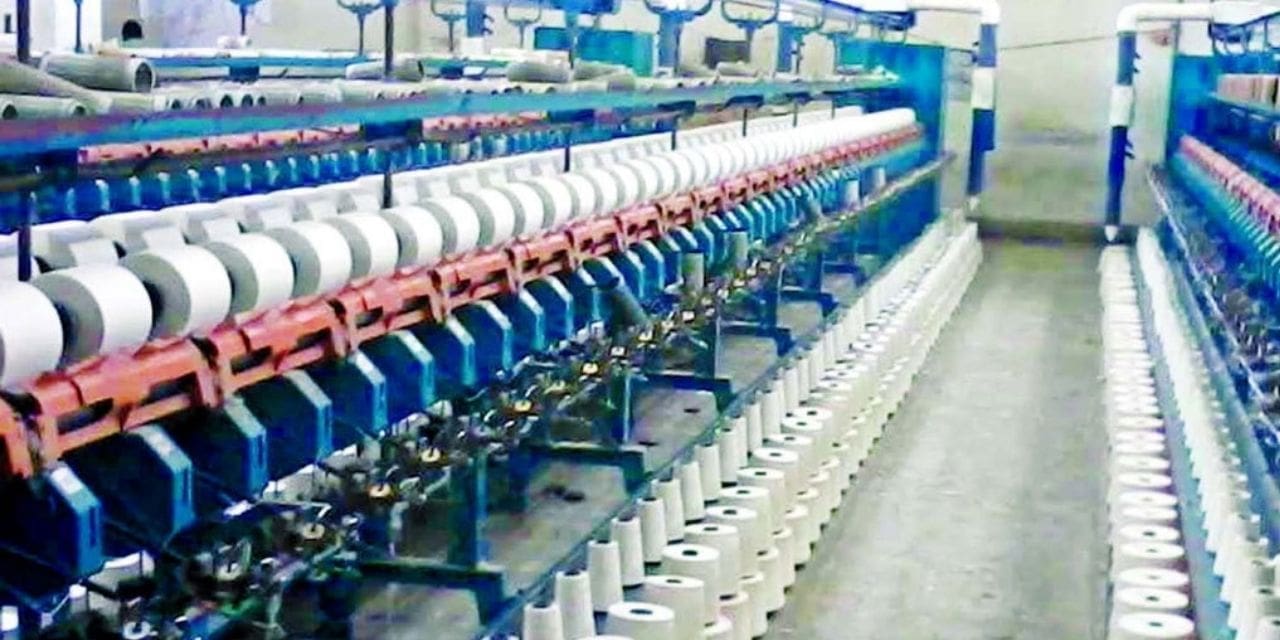A sigh of relief is witnessed after two years as workforces and industries are finding their post pandemic roots. Though the work culture and objectives remain the same, the procedures have changed drastically. The retail and textile industry, especially, has observed tough times but fruitful end results are expected out of it. The changing time in the textile industry has affected the retailer’s business due to many factors such as digital transformation still being the first one, followed by demands of the consumer and constant uncertainties in the delivery costs.
The increasing demand for sustainable fashion is the perfect example that can be associated to explain the current problem of continuous back and forth happening within the industry. Encouraging people to recycle fabric is giving sustainable fashion a chance to boost in the country. This is creating a hype and increasing demand among consumers, thus making manufacturers and retailers realize what has changed in the past two years.
Right from the increase in demand for raw materials to its manufacturing and delivery, the cost fluctuations witnessed are a sign of concern in the markets. The increasing demand for raw material costs is leading to an increase in transit costs, ultimately resulting in charging higher costs to retailers. The whole process is making a heavy impact on the end users by making them pay a huge price for the products demanded. Although there are a number of job opportunities being created, the income level is still stagnant as the country is slowly and gradually picking up pace. This transition is taking time and causing adverse effects on the retailers, which again when reversed, brings a bump to the manufacturers.
These uncertainties were playing their own game when the real major factor hit the whole industry causing a massive change in both demand and supply numbers. Due to high demand, the urge of taking all those small and medium scale industries on e-commerce platforms increased. Though online trading was proving to be the best in terms of being economical and far more reachable, situations were not similar when compared with large scale industries that were well versed with the technology for decades.
Meeting the demands of the consumer in such unprecedented times was one of the difficult tasks for the manufacturers. For sure, the economic sector was not the only one to be blamed for this but the tastes, preferences and choices of the consumers played a major role as per the necessity. The idea to process the end product and the procurement of raw materials for the same was a challenge for the manufacturers as they had to keep innovating and upgrading their products as per the market demand and need.
Having considered and explained the trend in both ways and knowing the fact that every coin has two sides, there is a positive as well as a negative impact for both retailers and manufacturers. The pandemic made the retailers experience the negative side of the business as due to no contact norms, more than 80% of the consumers followed the D2C platform for demanding the goods. This gradually diminished the performance and existence of the retailers in the market giving them no choice. Industries were affected at global level but the situation reversed when the risk of the virus was under control.
However, the first quarter of the year 2020 faced a drop of 3% in the global trade value. Countries like China, Bangladesh, Pakistan who’s exports were affected due to pandemic situations are now booming when it comes to the textile industry. The textile industry is now able to contribute 2% of its revenue to the GDP.
The manufacturers were always on their peak, be it in pandemic or post pandemic. The change in time definitely did affect the retailers but their drastic takeaway and prompt service in meeting the demands and needs of the consumers have levelled them up even in these tough situations making the textile industry still one of the most prominent and important industries to contribute to the overall GDP of the country.
Author:
Dr. S N Modani, Managing Director & CEO, Sangam India Ltd

